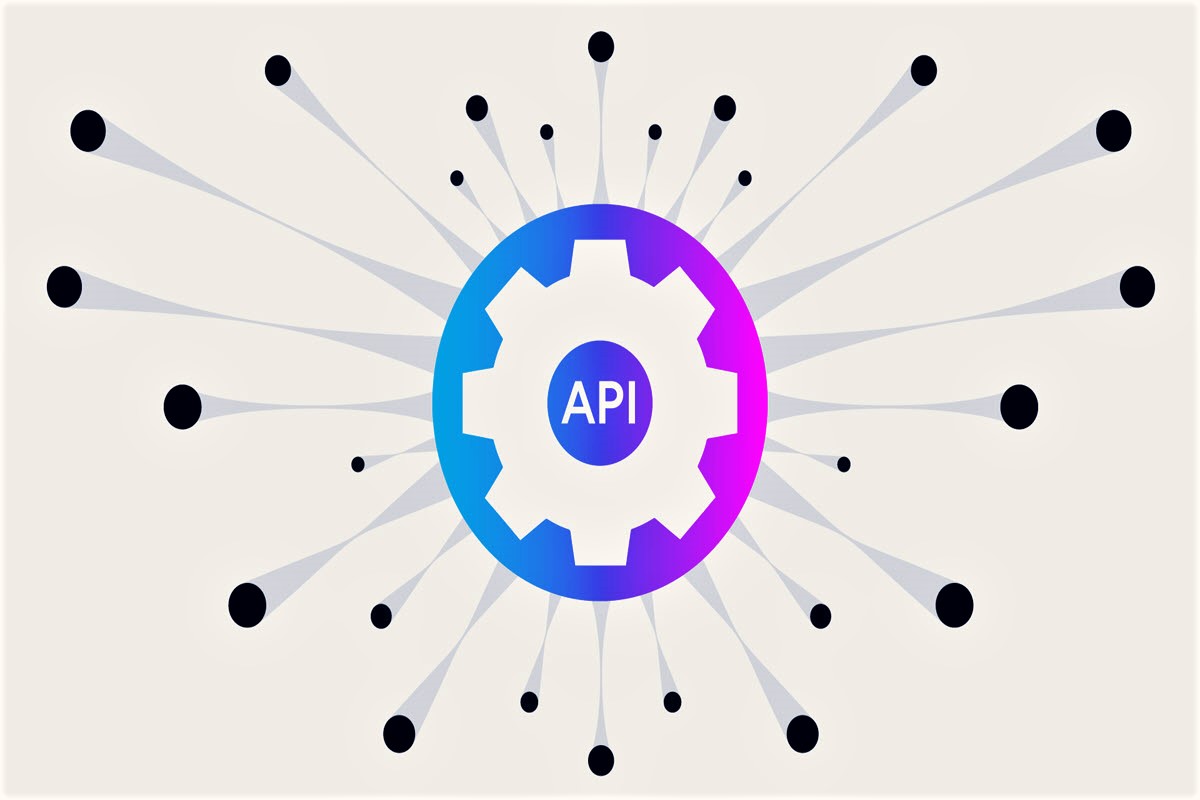Why API Integration Matter in the Tech Banking Industry?

APIs, or Programming Interfaces, are specified implementations that allow organisations and apps to communicate. A website’s and apps’ major transit point, and also 3rd party functionalities, can together be accessed via an API. They are mostly concerned with configurable web applications, that contain both website and local software.
They’re a common way to link device components together. They’ve been alluded to as great game players in the banking industry. APIs are at the core of both mobile apps and service-based websites because they enable you to gather information from a multitude of sources and use it in a variety of ways. The dangers of software failures have a far-reaching effect on a company. As a result, the APIs’ reputation becomes more important. API testing guarantees that company apps are safe, reliable, and work well.
The API methodology is a design philosophy that revolves around configurable frameworks for a range of services for a variety of applications and customers. This method results in a loosely coupled design that enables an element service to be used in a variety of ways in the future while being technologically agnostic.
API Evaluation
Businesses must recognise that in the present-day competing world, only the strongest apps can prosper and try to generate a large amount of traffic. This widely held belief has rendered software application and product creation important for all companies in all occupations.
The gui is the beating heart in every program, and if the software interface isn’t up to par, it can have a negative impact on its profitability. It is a well-known reality that technologies are becoming increasingly diverse as a result of varying end-user requirements, and APIs are becoming essential resources for companies across any market sector to fulfil these requirements. As a result, it requires the immediate need for successful API checking.
Furthermore, there is a substantial risk of the APIs breach. It’s also sad that once tools are open to the web, they’re almost always going to target in any way. As a result, API protection monitoring and integration testing are important for all companies today. Such monitoring not only guarantees that protection requirements are met but however also that the total device can function properly below varying loads and routing protocols.
The banking industry is primarily pursuing the following conventional methods to capitalise on the renewed interest for APIs:
- The infrastructure of banks is reoriented to allow for a build-and-replace program. When new networks are designed as REST APIs to substitute current services, this is where everything goes wrong.
- API leaders cultivate cross-departmental interest and enthusiasm for their API strategy. Further coordination among enterprise and engineering results in the creation of new APIs, as well as an API architecture strategy, which is used to guarantee that external APIs could reopen to clients or third-party vendors.
- Banks cultivate programming skills, including best practices in developer interaction, in order to take advantage of various future innovations for developers.
- For company APIs and App engine apps, rigorous API testing is needed. With APIs, a wide variety of situations and scenarios must be addressed. As a result, automation takes centre stage. Because of the importance of business-critical money transfers, incredibly robust and thorough unit testing is need, including a detailed collection of practical data sets that can reused in a systematic way.
- APIs that are constantly improving help businesses remain ahead of the competition whilst still adapting to changing market requirements. If the research suite lags behind the evolution, there is a substantial chance of product degradation. As a result, the effect of the improvements should be evaluated. And the necessary changes for upgrading current evaluations should be implemented.
- Since APIs are so often used by users, there is a strong risk of an unpredictably rise in traffic volumes. It is critical to conduct extensive performance monitoring to assess the API’s efficiency in the condition of unpredictable demand.
- Because of its containment, a banking API has a larger assault diameter. As a result, a multi-facet testing approach is needed. Ensure that the framework has a design with acceptable levels of protection.
Final thoughts
The administration of money market operations is the subject of a financial application. A company will turn left in their practical testing of modern technology. Exposing more flaws with cheaper, simpler, and less costly approaches to repair them. To meet key objectives the organization requires to develop disposable research assets. That will allow for thorough monitoring of the services rendered. Running various forms of tests often aids in the validation of the API Integration from various angles.
SHARE
Stay in touch
To be updated with all the latest news, offers and special announcements.







